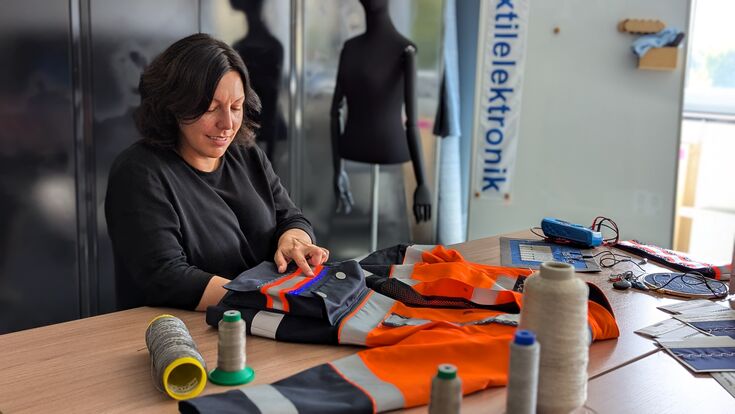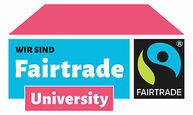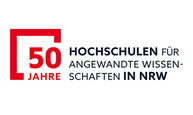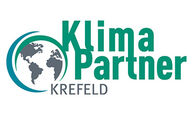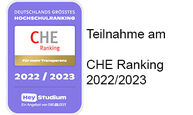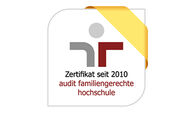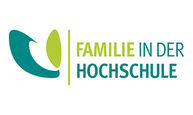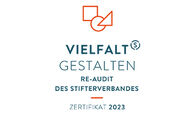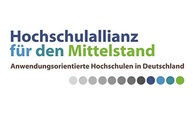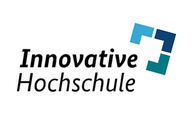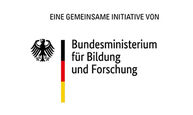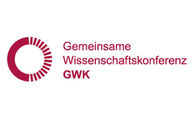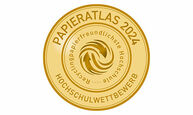The innovation potential of electronic textiles (e-textiles) is increasing rapidly. These smart garments can, among other things, glow in the dark, record data during sport and thus track your own fitness, receive and send data or provide even more warmth in cold temperatures by heating up. However, the challenge is: how can these textiles be manufactured in such a way that integrated sensors, conductive seams and other components do not break during machine washing and are resistant to external influences?
Concepts often fail at this hurdle, with the result that only a few products end up on the market. The Hochschule Niederrhein (HSNR) and five other cooperation partners now want to conduct intensive research into this for two years: In the joint project "Encapsulation Materials and Processes for E-Textiles (ENAMEL)", they are developing highly reliable encapsulations with which electronic and textile components can be enclosed and thus securely protected.
The challenge is complex, because as soon as electronic components are incorporated into e-textiles, the surfaces are often not homogeneous. ENAMEL is therefore developing, testing and analyzing the simultaneous coating of two-dimensional textile conductor structures and three-dimensional electronics using lamination and coating technologies.
While the Fraunhofer Institute for Reliability and Microintegration (IZM) is investigating the targeted insulation of small electronic components such as LEDs on fabrics, the Research Institute for Textile and Clothing (FTB) at HSNR is focusing on the encapsulation of conductive threads.
"In addition to process technology innovations, the innovation lies in the development of elastic encapsulation materials for electronic textiles, which must be stretchable to ensure good wearing comfort. We are delighted to be tackling this challenge together with the Fraunhofer Institute IZM and our Czech partners," says Dr. Anne Schwarz-Pfeiffer, Professor of Functional Textiles and Clothing at HSNR and ENAMEL project manager.
An ambitious project that is being sponsored with a total of 1.1 million euros from European funds. The Federal Ministry for Economic Affairs and Climate Protection (BMWK) is subsidizing ENAMEL with almost 538,000 euros until February 2026. The HSNR will receive around 245,000 euros, with the remainder going to Fraunhofer IZM.
Facts
Funding project: Encapsulation materials and processes for e-textiles - ENAMEL for short
Total funding volume: 1.1 million euros
Funding volume for German project partners: 538,000 euros, of which 245,000 euros go to HSNR
Funding provider for the German project partners: Federal Ministry for Economic Affairs and Climate Protection (BMWK)
Funding period: March 2024 to February 2026
Cooperation partners:
The Hochschule Niederrhein
Fraunhofer Institute for Reliability and Microintegration (IZM)
University of West Bohemia
Clutex
VUB
Forschungskuratorium Textil e.V.


